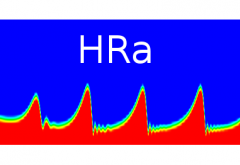There are materials that have zero electrical resistance if the temperature is sufficiently low. Also the current density and the magnetic field should not be too high. In 1908 Heike Kamerlingh-Onnes and his laboratory accomplished to liquify helium whose boiling temperature is about 4.2 K under atmospheric pressure. Thus he could discover the superconductivity of mercury in 1911.
In the following years many other superconductors have been discovered, even high temperature superconductors (HTS). HTS has the advantage that liquid nitrogen (77 K) is sufficient.
Superconducting magnets often consist of niobium titanium (NbTi) that has a critical temperature of approximately 10 K.
The colder part of current leads is frequently built with HTS for very large currents.
